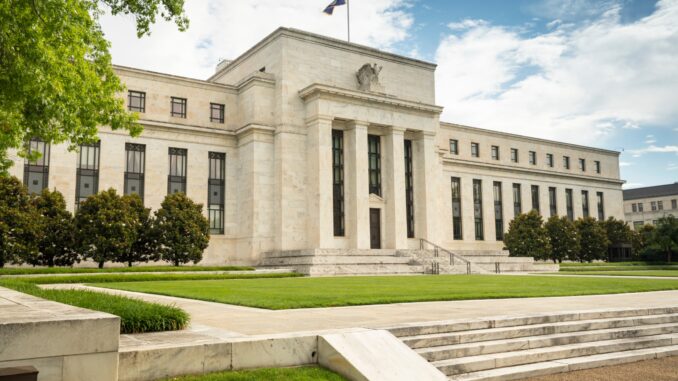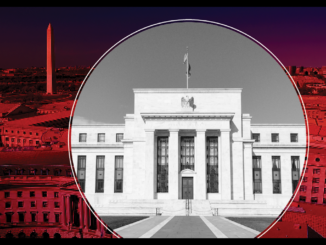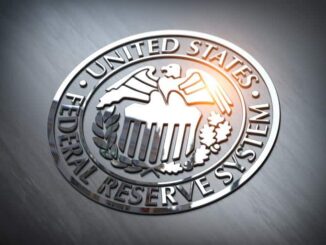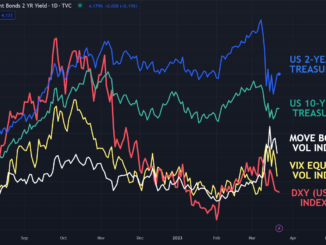
Silicon Valley collapse: JPMorgan Chase & Co in a note said that the Federal Reserve’s emergency loan support, Bank Term Funding Program, can put in as much as $2 trillion of funds into the US banking system to help the struggling banks and ease the liquidity crunch.
In a statement issued by the bank, it stated that as the largest banks are unlikely to tap the program, the maximum usage envisaged for the facility is close to $2 trillion.
“The usage of the Fed’s Bank Term Funding Program is likely to be big,” strategists led by Nikolaos Panigirtzoglou in London wrote in a client note. “While the largest banks are unlikely to tap the program, the maximum usage envisaged for the facility is close to $2 trillion, which is the par amount of bonds held by US banks outside the five biggest,” they said, as reported by Bloomberg News.
On Sunday evening, the Joe Biden government launched an emergency rescue of the US banking system in an effort to halt contagion from the rapid collapse of Silicon Valley Bank (SVB) and Signature Bank.
The Federal Reserve announced that they have created a new program to provide banks and other depository institutions with emergency loans, the Bank Term Funding Program (BTFP). The new facility aims to make absolutely sure that financial institutions can “meet the needs of all their depositors.”
The federal government aimed to prevent a rapid sale of sovereign debt to obtain funding.
JP Morgan further wrote that there are still $3 trillion of reserves in the US banking system, which is mostly held by the largest banks. There was tight liquidity due to Fed’s interest hikes last year that have induced a shift to money-market funds from bank deposits.
JP Morgan strategists said that the funding program should be able to inject enough reserves into the banking system to reduce reserve scarcity and reverse the tightening that has taken place over the past year.
The Fed will report the use of the program on an aggregate basis every week when releasing data on its balance sheet, the central bank said in a statement this week.
Fed’s interest rate hike
With two bank collapses in less than a week, all eyes are on Federal Reserve whether it would hike the interest rates one more time. Fed Chair Jerome Powell and his colleagues are in a tight position on how to react in these times of turmoil, especially now after the fresh troubles at the Swiss banking giant, Credit Suisse.
Last week, Powell signaled that the central bank might accelerate its interest-rate-hike campaign in the face of persistent inflation. Traders moved to price in a half-point hike in the benchmark interest rate at the Fed’s March 21-22 meeting, from its current 4.5-4.75 per cent range, and further rate hikes beyond.
Traders now see next week as a split between a smaller quarter-point hike and a pause, with rate cuts seen likely in following months as the turbulence at Credit Suisse renewed fears of a banking crisis that could cripple the US economy.
Source: www.businesstoday.in



